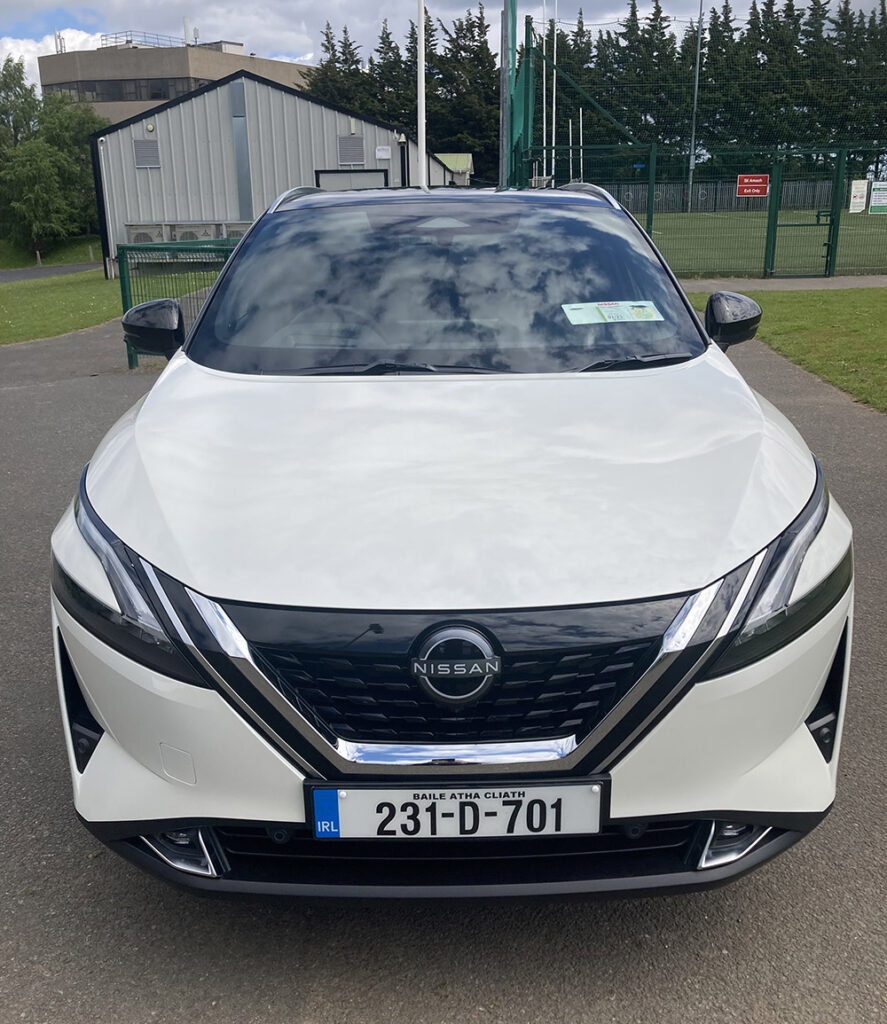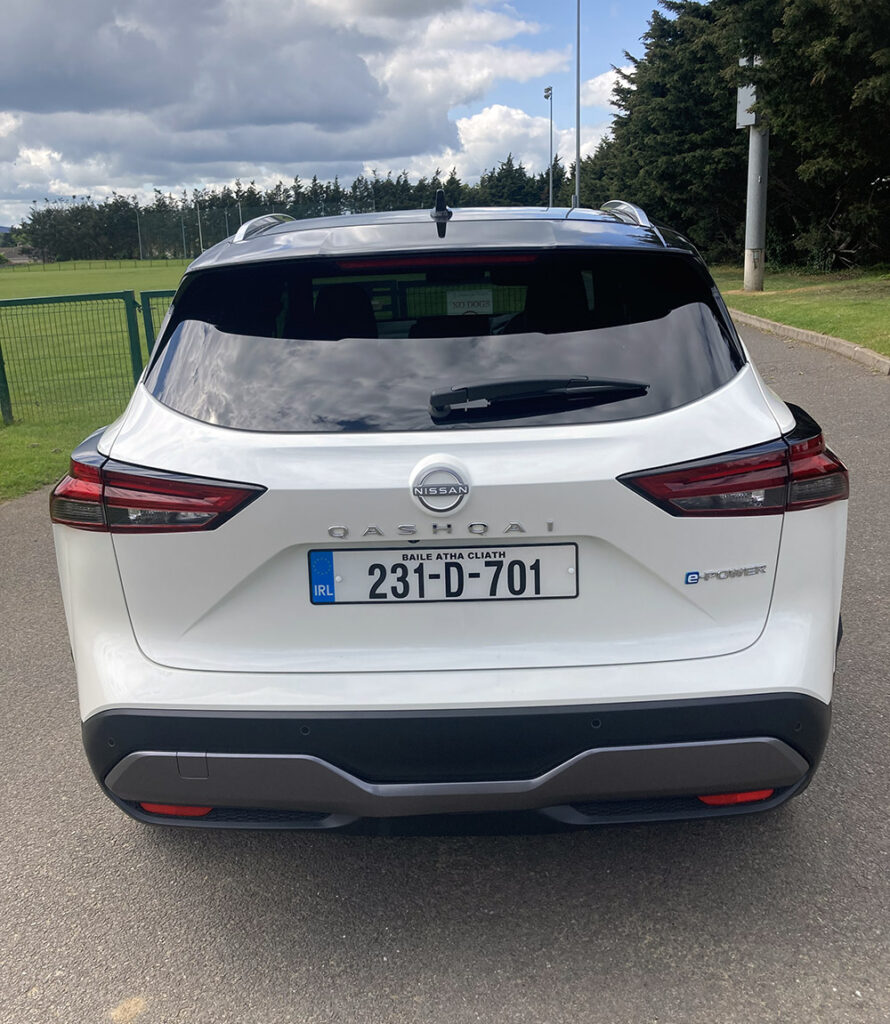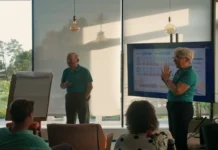![Nissan Qasqai - side on[83]](https://avondhupress.ie/wp-content/uploads/2023/05/Nissan-Qasqai-side-on83-696x464.jpg)
I used to work with a young man from Mayo who was big fan of the English Premier League. In his eyes there was no soccer in England before 1992, no second, third or fourth division or Milk Cup.
It’s probably much the same with some young motorists, who think that Nissan may not have made cars before they introduced their best-selling Qashqai in 2007. However, those of us of a mature age will recall cars like the popular Micra, Almera and Bluebird. And of course the Japanese company traded as Datsun until 1986.
Yes, the Qashqai has been the most successful car to be produced by Nissan and has been labelled as their ‘Cash-Cow.’ A few years back Nissan reckoned that at least 14 other car manufacturers had copied their design and that figure is probably higher now.
Some of the credit for Nissan’s success in this part of the world must go to former British Prime Minister Margaret Thatcher. In 1974 Mrs T backed her friend Norman Tebbitt in a dispute with Chancellor Nigel Lawson over tax breaks for inward investment to the UK. Maggie kept the promise she had made to Nissan and sold the Japanese company the 80-acre RAF Usworth site near Sunderland at agricultural prices.
I was with a group of Irish motor writers at the Sunderland plant around ten years ago and it was fascinating to see a mixture of humans and robots produce a new car every 60 seconds. However, Brexit has meant worrying times for the workers in Sunderland.

Last week, I drove the e-power version of the Qashqai. Having driven the e-power version of the Nissan X-Trail a few weeks back I was familiar with the technology used as e-power is basically Nissan’s name for a hybrid. In Nissan’s case, the car has a 1.5-litre 3-cylinder petrol engine that develops 190 bhp, a generator, inverter and a 140kW electric motor.
The engine generates electricity which is transmitted to the battery, the electric motor or both, depending on power requirements. The electric motor is the only source of power for the wheels; it drives the wheels not the engine as is usual in most other cars.
You won’t notice much difference, but at various intervals and maybe when you start up in the morning, you will hear a bit of noise from the engine as it does the charging.
Nissan say that the introduction of e-power is the first step in going full electric, which we are told could be fully implemented in Ireland by 2030.
Nissan were one of the first with a fully electric, the Leaf, which is still popular as a second-hand car, while their electric Ariya is much larger than the Leaf and has a better range. But it’s also much more expensive. e-power has lower emissions and running costs compared to a traditional petrol engine, but unlike a fully electric vehicle, you don’t have to plug it in. I did a lot of urban driving last and I found that it wasn’t a thirsty engine.
Inside there are no huge changes, but I think you will like the high driving position in this five-seater. The boot is massive, but no spare wheel.
I had a look back at a review I did on the Qashqai in 2014 and this is what I wrote. “Prices in Ireland will start at €24,495 for the 1.2 petrol version, while the big seller here is expected to be the 1.5 diesel, which will cost you €25,795.”
Now there have been improvements in the Qashqai in the past few years and now the starting price for a 1.3-litre mild hybrid version is €36,100. The e-power version starts at €42,000 for the SV level. I don’t know why, but car companies tend to give us cars with a plethora of goodies to test and the top of the range SVE version I drove will costs you €51,900. Road tax is €190.
However, my mantra when it comes to new cars is that you don’t have to opt for all the goodies on offer.








